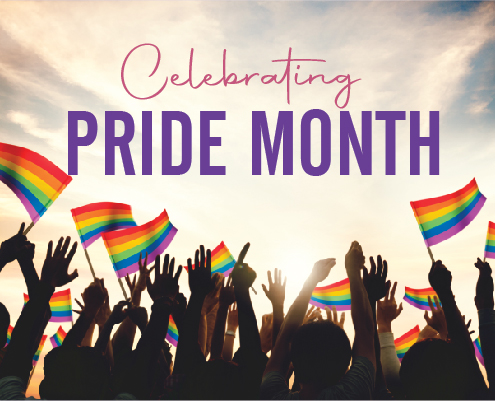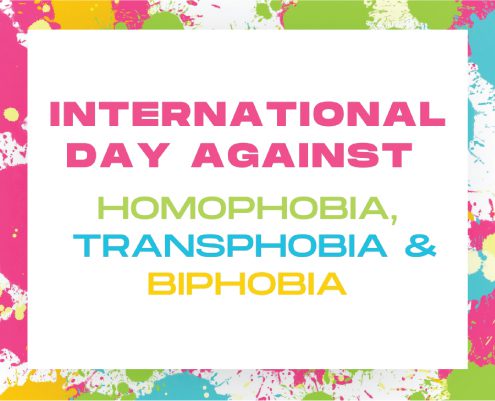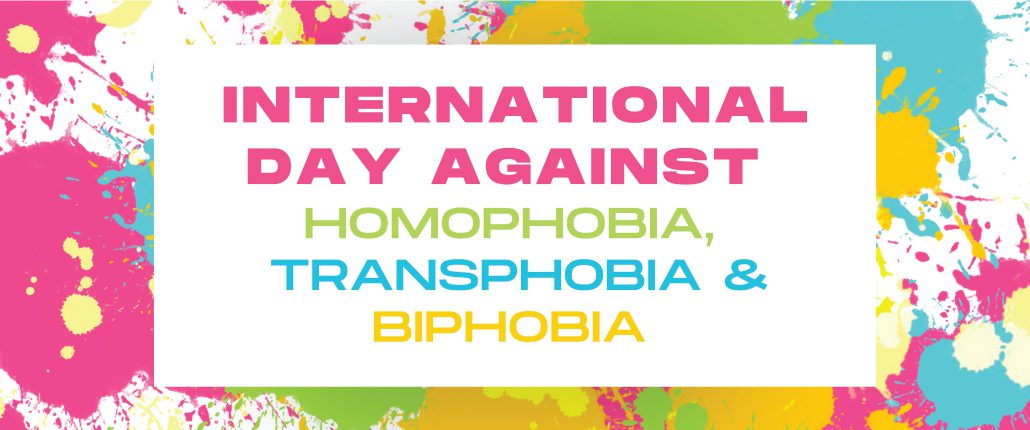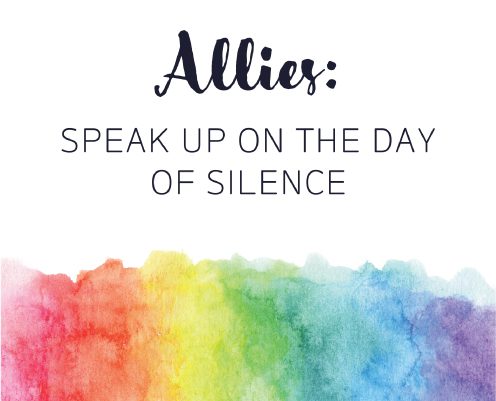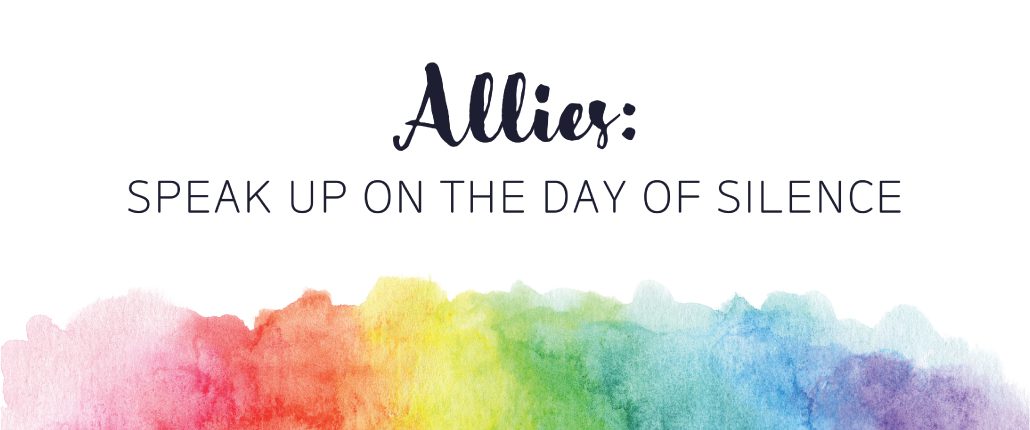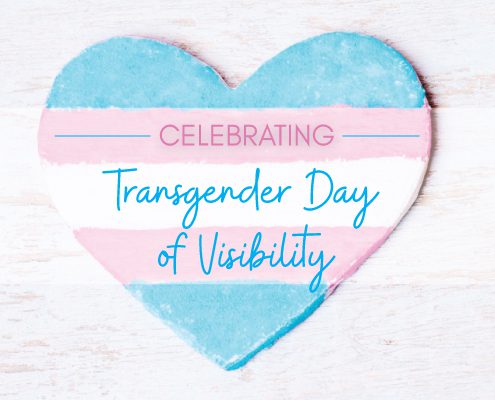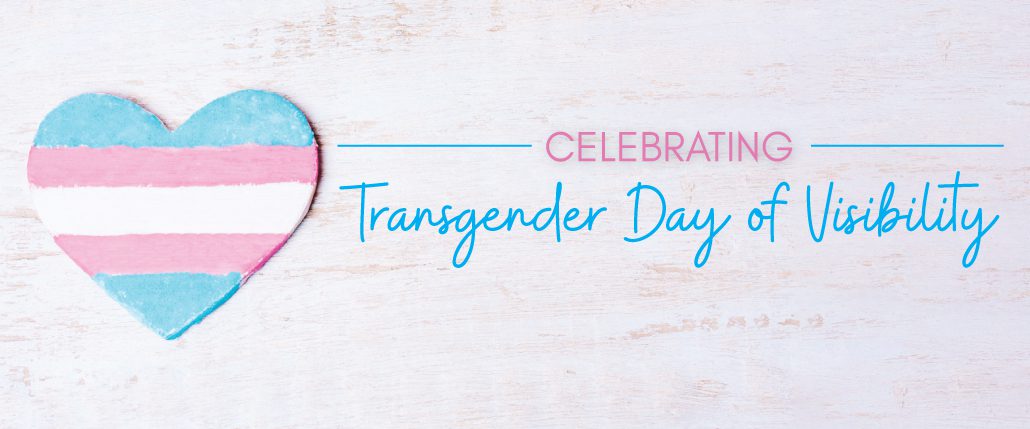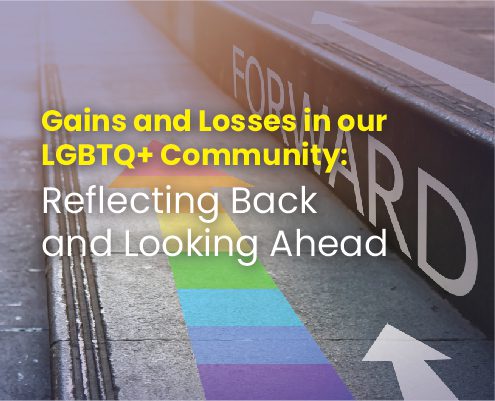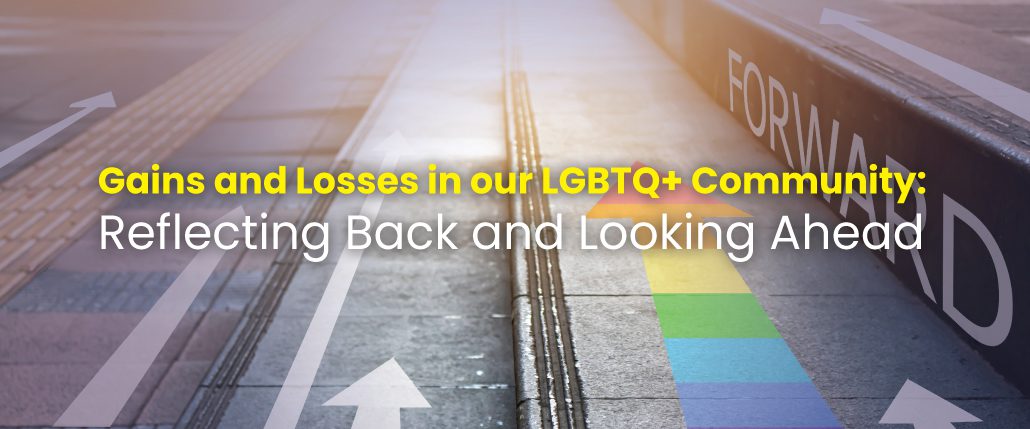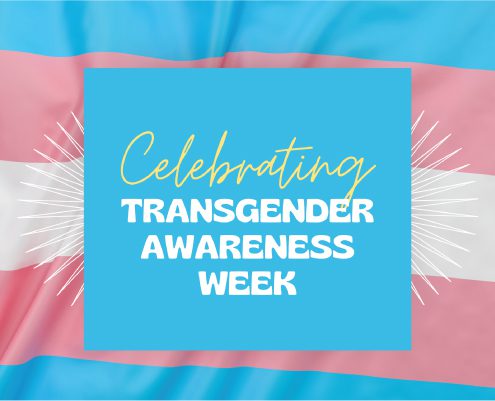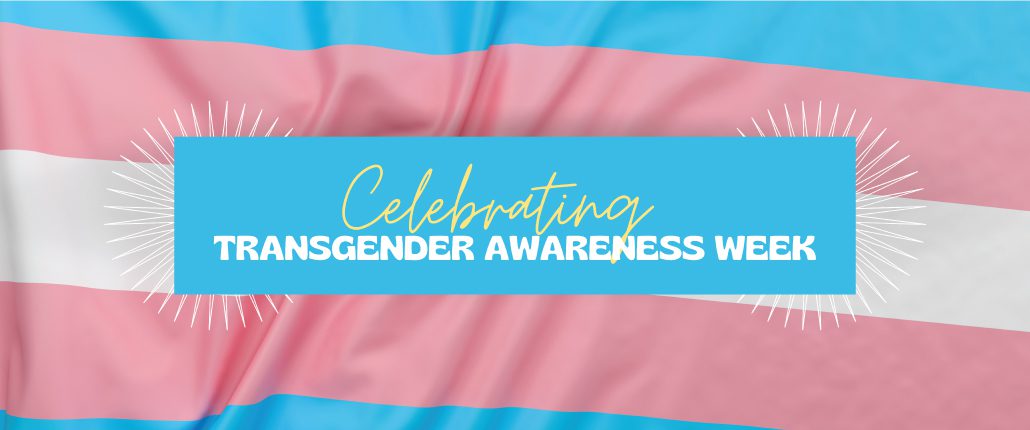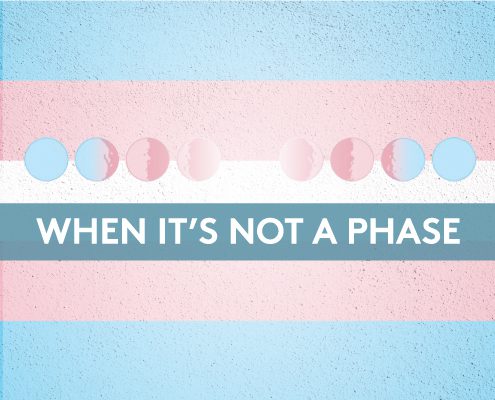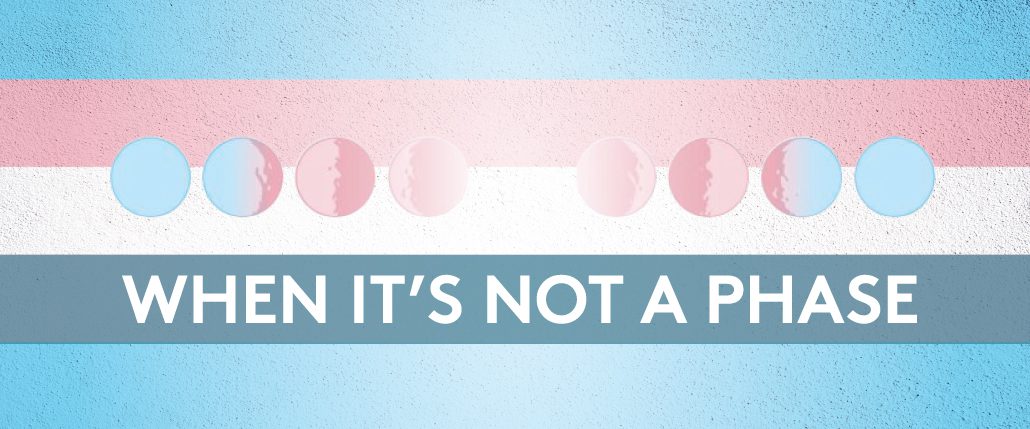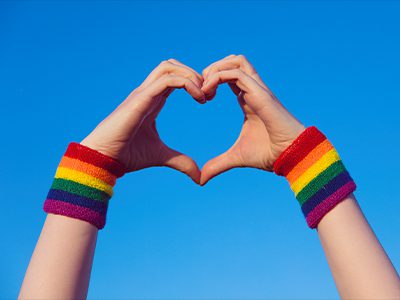Celebrating Pride Month 2023
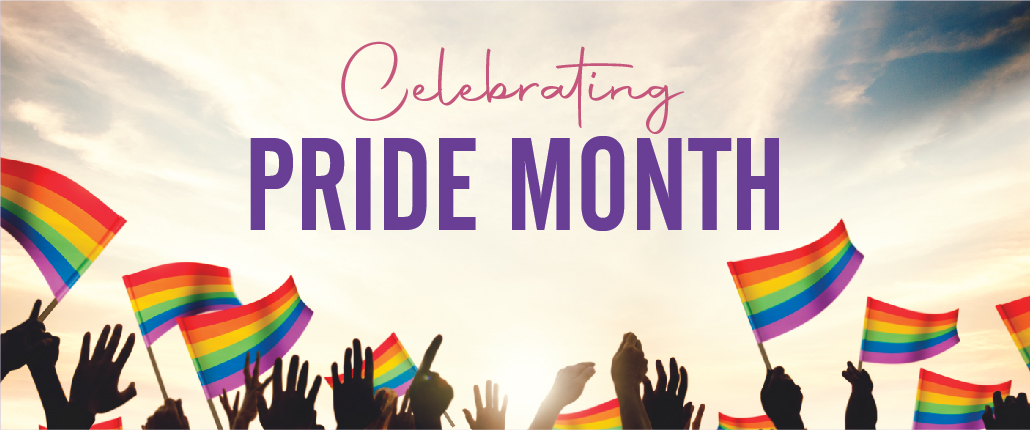
Celebrating Pride Month 2023
By Leo Kirkham and Jay Baldwin
Pride Month is a time to celebrate the LGBTQIA+ community and all that we have accomplished. It is also a time to raise awareness of the challenges that LGBTQIA+ people still face.
Pride Month is celebrated every June to honor the LGBTQ+ community and our fight for equal rights. It began with the Stonewall Uprising in the early morning hours of June 28, 1969, when LGBTQ+ people in New York City protested against police brutality and discrimination during a police bar raid of a gay bar, the Stonewall Inn. The riots are widely considered to be a turning point in the LGBTQ+ rights movement.
The first Pride parade was held on June 28, 1970 in New York City to commemorate the one-year anniversary of the Stonewall riots. It was organized by “Mother of Pride,” Brenda Howard, a bisexual rights activist and feminist.
The second Pride parades were held in 1971 in various cities in the United States, including New York, Chicago, and Los Angeles.
The Stonewall Riots sparked a movement that has grown into a global celebration of love, acceptance, and diversity. Today, Pride Month is a time for LGBTQ+ people and allies to come together, celebrate their identities, and continue fighting for equality.
This year, Pride Month is particularly important because of the recent wave of anti-LGBTQIA+ legislation that has been passed in the United States. These laws have made it more difficult for LGBTQIA+ people to live their lives freely and openly.
In light of these challenges, it is more important than ever to celebrate Pride Month and to show support for the LGBTQIA+ community. Here are some ways to do that:
- Attend a Pride parade or festival, such as WeHo Pride or LA Pride.
- Donate to LGBTQIA+ organizations, such as Kaleidoscope.
- Talk to your friends and family about LGBTQIA+ issues.
- Use your voice to speak out against discrimination.
- Ask your workplace to host an LGBTQ competency training.
If you aren’t out yet, don’t feel ready to come out, or maybe it’s not safe for you to be your authentic self with your family or friends, please know that you are not alone. There are many ways to acknowledge pride month, take part in pride events, or engage in a form of self care that honors your authentic self. There is no right or wrong way to be during Pride Month. Here are a few things we suggest trying out if you want to have a pride celebration privately, are just getting started in your journey, or just want a quieter activity.
- Watch an LGBTQ movie or TV show.
- Borrow an LGBTQ book from the local library.
- Attend a virtual Pride event.
- Join an online support group such as TrevorSpace.
Kaleidoscope is proud to affirm our LGBTQ+ community, especially our LGBTQ+ young people. If you do feel safe and ready to be part of a pride event in person, come celebrate with us on June 23rd from 6-8PM at our annual Pride Party in Sherman Oaks for LGBTQ+ youth ages 11-17. RSVP here!
From all of us at Kaleidoscope, wishing you a safe, heathy and joyous pride month, no matter how you choose to celebrate.
